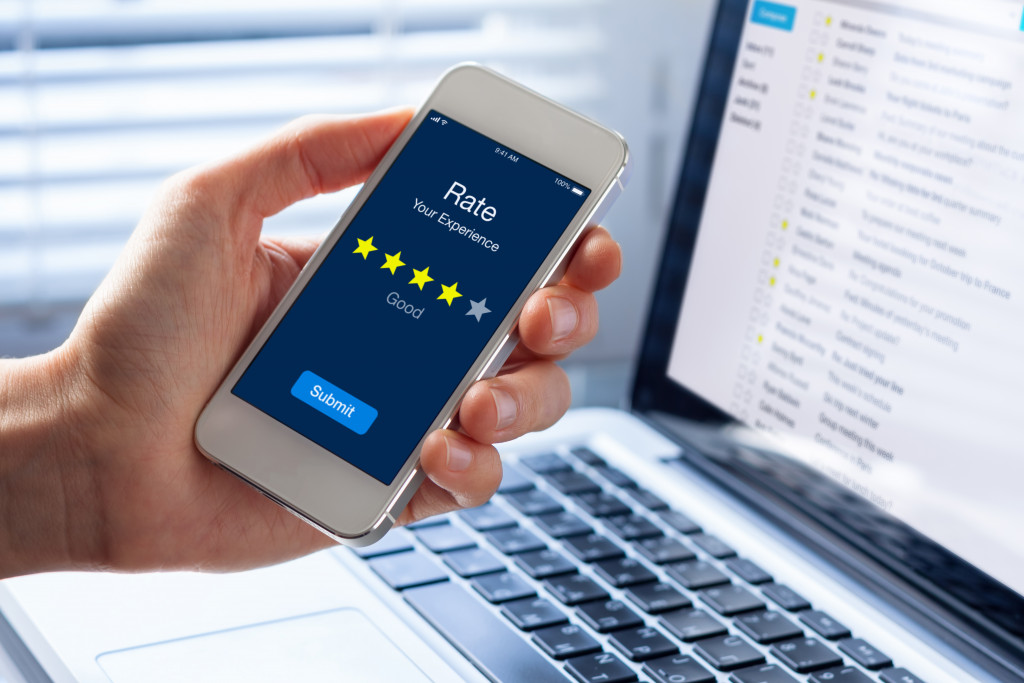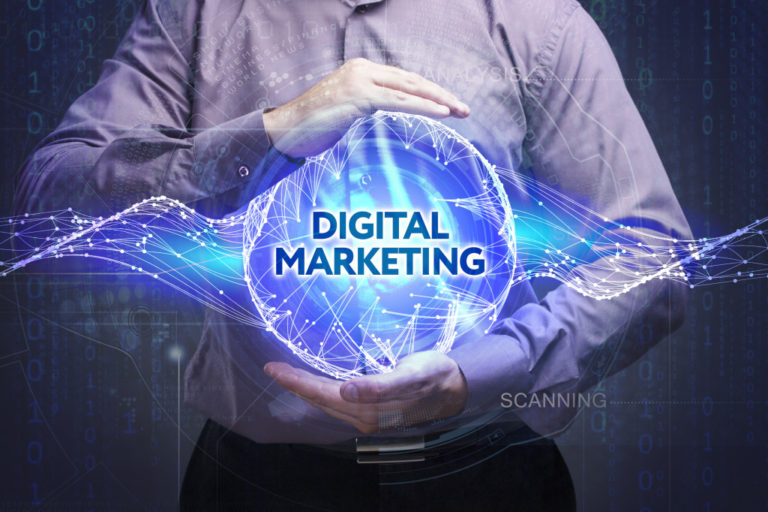The best products aren’t usually the unique and most innovative ones. Often, they’re the ones that simply satisfy their consumers’ needs.
Uber, for instance, didn’t release a new breed of taxis but somewhat only improved the way of hailing a private car. Food delivery apps are the same. They’re still ordinary motorcycles and delivery people, but they can get you anything you want just by pressing a few buttons on your smartphone.
Simply put, you don’t need to invent anything unheard-of to impress the market. The only key is to identify what they need and to offer it to them.
But how do you find out what your market needs, in the first place? Do you hand out surveys? Invite a few of them for product sampling?
In today’s digital age, companies determine their customers’ needs through various technologies. You, as a consumer, may even be participating in one. Here are a few of those that you may use for your startup:
1. Social Media
Unsurprisingly, social media tops in starting a buzz for a product. Companies monitor customer testimonials on various social networks, like Facebook and Instagram. Authentic feedback from ordinary customers delivers invaluable information that no other marketing strategy can match. Plus, social media afford you glimpses of what your competitors launch and what your customers think about them.
2. Your Existing Data
If you have an e-commerce store, you can use its data to gather what your customers are looking for. Browse the customer reviews and support data, and map out their journey. What’s the product that garners the most sales? What about the one that generates the most inquiries? How do customers turn into loyal patrons? By analyzing these existing data, you’ll understand what motivates your customers to buy your product.

3. Pop-up or Email Surveys
Send out surveys via email, asking both closed- and open-ended questions to give your customers a chance to express their feelings about your product or service. You may also post a pop-up survey on your website to let prospective customers see them.
Customers may not always be specific in communicating their needs, but surveys still yield useful information that you can interpret accurately. They let you discern their goals, challenges, attitudes, all of which you can use as bases in strengthening your offers.
4. Research Firms
Though you can conduct your own research, using a third-party’s service may be more beneficial, since they might present a more objective face to your customers. A research firm can employ the SWOT (strengths, weaknesses, opportunities, threats) analysis to identify your customers’ needs, factoring in your competitors in the research so that you’ll see your differences.
5. Customer Onboarding
The best customer onboarding software can be a downloadable app, where customers can input their details such as their name, email address, and contact number. The process of customer onboarding begins when the customer first realizes their interest in a product. After that, they’ll consider other providers, then research their options.
On the fourth step, when they start to engage with your brand, they’ll explore your offers, then create an account in the software. When they officially become your customer, you can start evaluating their needs and offering them loyalty programs and other special deals.
The benefits of customer onboarding include enhanced customer loyalty, customer insight, operational efficiency, and risk mitigation. Note that first impressions are crucial because, according to research, 75% of all cross-selling occurs within the first few months of onboarding.
Knowing your customers’ needs may be easier now, thanks to the digital age, but for the same reason, the market’s needs as a whole may have become more complex as well. Hence, invest your efforts and money in these helpful technologies, and you can always be one step ahead of your competitors.

















